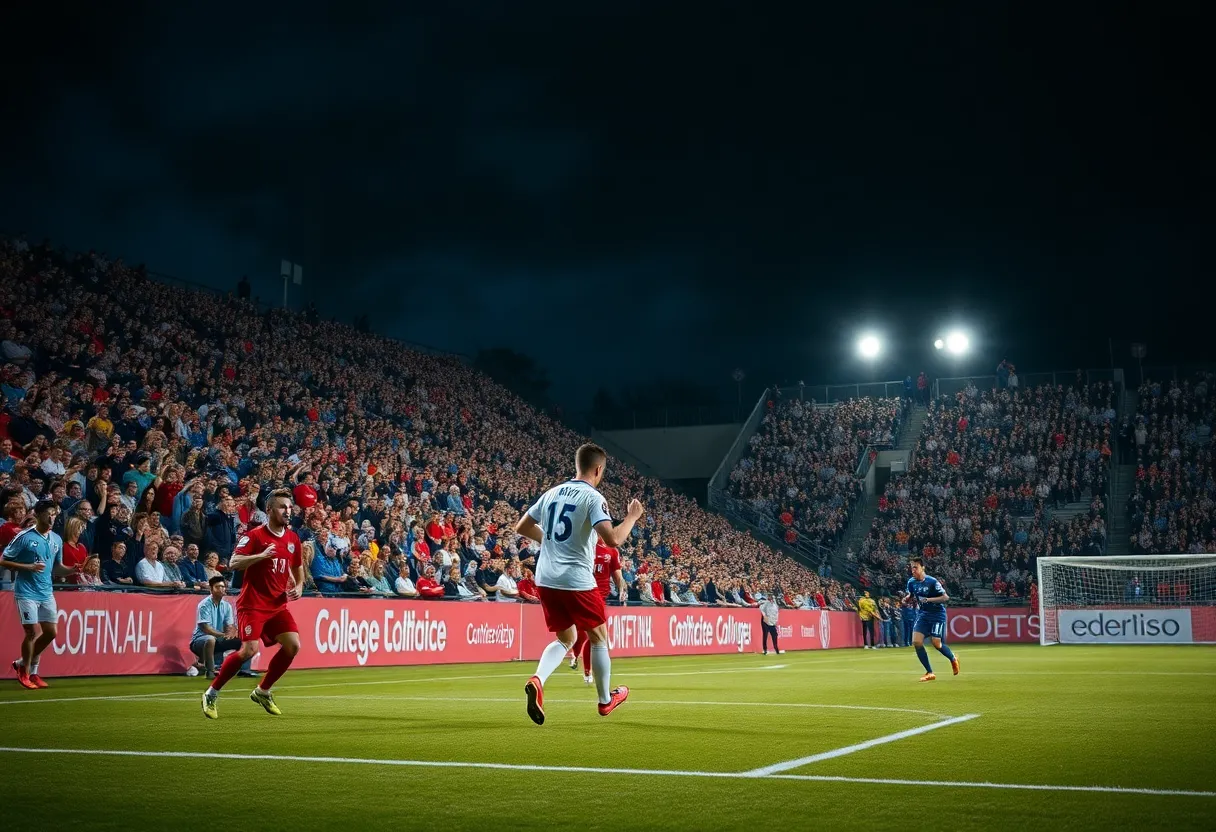Tucson, October 11, 2025
Tesla is under federal investigation by the National Highway Traffic Safety Administration (NHTSA) following two serious crashes in Tucson, Arizona, involving its Full Self-Driving (FSD) feature. The probe was initiated after rear-end collisions occurred under low visibility conditions, raising concerns about the safety and reliability of the autonomous technology. Local dealerships have suspended FSD promotions, while community discussions on safety and software updates are ongoing, reflecting heightened scrutiny on Tesla’s FSD capabilities.
Tucson, Arizona: Tesla Faces Federal Probe After Crashes Involving Full Self-Driving Feature
In a development that has sent ripples through the local and national automotive sectors, the National Highway Traffic Safety Administration (NHTSA) has launched a federal investigation into Tesla’s Full Self-Driving (FSD) feature following two serious crashes near Tucson, Arizona. The incidents, which occurred on Interstate 10, involved rear-end collisions under low visibility conditions and have prompted heightened safety concerns for autonomous vehicle technology. This probe, announced within the last 48 hours, could reshape regulations and consumer trust in electric vehicles (EVs) across the state and beyond.
The crashes took place in the Tucson area, where reduced visibility due to weather or environmental factors played a role. Both incidents saw Tesla vehicles equipped with the FSD feature rear-ending other cars, leading to injuries and property damage. While no fatalities were reported, the severity of the accidents has escalated scrutiny on the system’s performance in challenging driving scenarios. Local authorities and federal regulators are examining whether the FSD software failed to adequately respond to obstacles or traffic signals, potentially pointing to design or calibration flaws.
Local Tesla dealerships in the Tucson region have reacted swiftly by pausing promotional activities related to the FSD feature. This halt includes suspending test drives and advertising campaigns that highlight the technology’s capabilities. Dealership managers cited the ongoing investigation as the reason, emphasizing a commitment to customer safety amid the uncertainty. Meanwhile, EV owners in the area are actively seeking software updates from Tesla, hoping for patches that address visibility-related issues. Service centers report a surge in requests, with some owners expressing frustration over delayed responses from the company.
Impact on Arizona’s Autonomous Vehicle Market
The investigation arrives at a pivotal moment for Arizona’s burgeoning autonomous vehicle market. The state has positioned itself as a testing ground for self-driving innovations, thanks to its expansive roads and favorable climate. Companies like Tesla have leveraged this environment to advance their technologies, drawing investments and jobs to regions like Tucson. However, the NHTSA probe raises questions about the maturity of these systems. If findings reveal systemic issues, it could lead to stricter state-level testing protocols or even temporary restrictions on FSD deployment in Arizona.
Broader economic implications are already evident. Arizona’s EV sector, which supports thousands of jobs in manufacturing, sales, and maintenance, stands to feel the effects. Dealerships pausing promotions may see short-term dips in sales, particularly for higher-end models that bundle the FSD option. On a national scale, similar concerns could influence stock performance for Tesla and competitors, as investors weigh the costs of potential recalls or redesigns. For consumers, this means more caution when opting for advanced driver-assistance systems, potentially slowing the adoption rate of autonomous features.
Background on Full Self-Driving and Safety Alarms
Full Self-Driving is Tesla’s advanced suite of software designed to handle complex driving tasks, including navigating highways and urban streets with minimal human intervention. Marketed as a step toward fully autonomous vehicles, it relies on cameras, sensors, and artificial intelligence to interpret road conditions. However, the technology has faced criticism for its limitations in adverse weather or low-light situations, which the Tucson crashes highlight. Safety alarms have grown louder in recent years, with multiple reports of FSD-related incidents prompting NHTSA’s involvement.
Prior to these events, Arizona had seen a steady rise in autonomous vehicle testing. Initiatives from tech firms and automakers have boosted local economies, with Tucson benefiting from proximity to research hubs like the University of Arizona. Yet, the crashes underscore ongoing risks: low visibility remains a blind spot for many systems, where human drivers might rely on intuition or experience. Regulators are particularly focused on how FSD performs during dusk, fog, or dust storms common in the desert Southwest.
Looking Ahead: Regulatory and Consumer Responses
As the investigation unfolds, NHTSA plans to review Tesla’s software logs, vehicle data, and incident reconstructions. The agency has signaled that outcomes could include mandatory updates, enhanced testing requirements, or fines if negligence is found. In Tucson, community forums and owner groups are discussing alternatives, with some advocating for hybrid systems that keep drivers more engaged.
For Arizona’s EV market, this probe serves as a wake-up call. The state’s leadership in autonomous tech could either solidify or falter based on how these safety issues are addressed. Owners are advised to monitor official channels for updates, while the industry watches closely for precedents that might affect nationwide rollout. Ultimately, balancing innovation with safety will define the next chapter for self-driving vehicles in regions like Tucson.
(Word count: 612)
Frequently Asked Questions (FAQ)
What triggered the NHTSA investigation into Tesla’s Full Self-Driving feature?
The investigation was triggered by two serious crashes near Tucson, Arizona, on Interstate 10, where Tesla vehicles using the Full Self-Driving feature rear-ended other cars in low visibility conditions.
What are the details of the crashes?
The incidents involved rear-end collisions under low visibility due to weather or environmental factors, leading to injuries and property damage but no fatalities.
How have local Tesla dealerships responded?
Local Tesla dealerships in the Tucson region have paused promotions related to the Full Self-Driving feature, including test drives and advertising campaigns, to prioritize customer safety.
What are EV owners doing in response?
EV owners in the area are seeking software updates from Tesla to address potential visibility-related issues, with service centers seeing a surge in requests.
How might this affect Arizona’s autonomous vehicle market?
The probe could lead to stricter state-level testing protocols or restrictions on Full Self-Driving deployment, potentially impacting Arizona’s growing autonomous vehicle market.
Key Features of Tesla’s Full Self-Driving (FSD) Feature
| Feature | Description | Relevance to Recent Probe |
|---|---|---|
| Camera and Sensor Suite | Uses cameras, radar, and ultrasonic sensors to detect surroundings. | Questioned in low visibility conditions during Tucson crashes. |
| Highway Navigation | Handles lane changes, merging, and traffic flow on interstates like I-10. | Involved in rear-end collisions on Interstate 10 near Tucson. |
| Autopilot Enhancements | Advanced driver-assistance for steering, acceleration, and braking. | Safety alarms raised after incidents in reduced visibility. |
| Software Updates | Over-the-air updates to improve performance and fix issues. | Owners seeking updates post-crashes, with surge in requests. |
| Level of Autonomy | Level 2: Requires human supervision, not fully self-driving. | Probe examines if feature misled drivers in challenging scenarios. |



